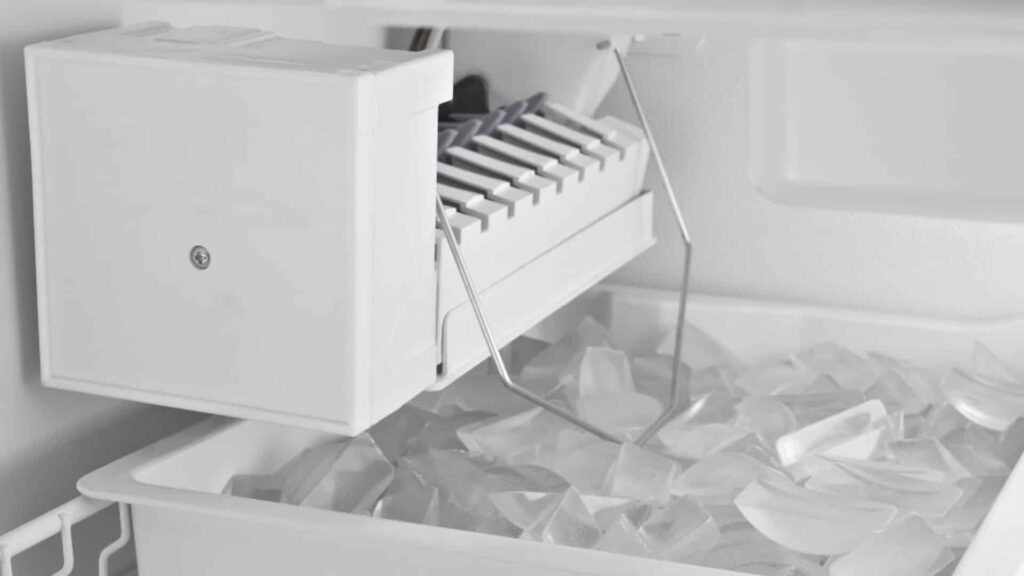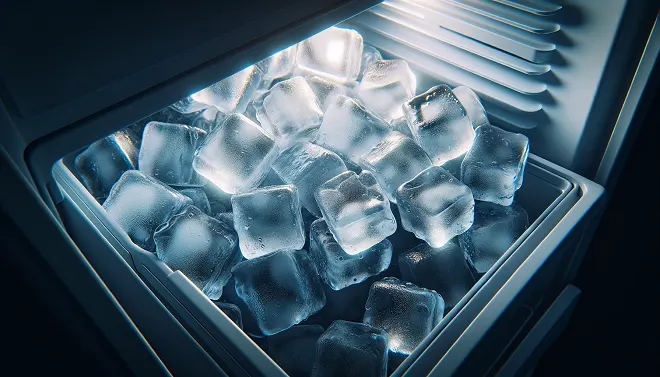Why Ice Makers Stop Making Ice
Ice makers live in a tough little world—freezing temperatures, moisture, and nonstop cycling—so a stall can come from a few predictable places. The most common is temperature: if the freezer hovers above about 0–5°F (−18 to −15°C), the mold thermostat won’t cue the harvest properly and production crawls. Water delivery is another culprit. A partially closed saddle valve, a kinked line, a clogged filter, or a fill tube frozen with a thumb-sized plug of ice will starve the tray. Sometimes the controls simply get confused after a power blip and the module sits mid-cycle until you reset it. And then there are the small gotchas: the “Ice Off” setting is enabled, the bail/shutoff arm is stuck in the raised position, the optical sensor is frosted over, or the door switch isn’t registering closed. True part failures—like a weak inlet valve, a tired motor, or a bad mold heater—do happen, but it’s worth ruling out the simple stuff first.
If your ice maker isn’t producing ice, you can order professional ice maker repair service here.

How to Tell It’s a Reset Issue (Not a Hardware Failure)
Clues pile up if you watch for them. The freezer feels properly cold, yet the bin stays stubbornly empty for hours. You can dispense water at the door, but you never hear that quick three-second fill after an ice harvest. Status lights flash like the machine wants attention, or the display quietly shows “Ice Off.” Sometimes you find clumped cubes wedged in the bin, or you press the door switch and the light behaves normally—another hint that the control logic, not the hardware, is confused. By contrast, puddles under the fridge, repeated breaker trips, or a freezer that won’t reach set temperature point toward a deeper fault a reset won’t cure.
What You Can Do Yourself
Start with the easy wins. Make sure the ice feature is actually turned on and the shutoff arm rests down. Give the unit a clean power reset: switch the ice maker (or the fridge) off, wait five minutes, and turn it back on. Many models include a small reset or test button on the module—press and hold it for about 5–10 seconds and let the unit run a full test cycle; you’ll often hear the ejector sweep and then the valve click to fill.
Next, clear anything that could block movement or water. Remove the bin, break up chunky ice, and check the little fill tube above the mold; if it’s iced shut, warm it gently with a hair dryer on low, moving constantly and keeping a few inches of distance so you don’t warp plastic. Revisit your temperatures and airflow: set the freezer near 0°F (−18°C), avoid overpacking, and give changes a few hours to stabilize. If your water filter is older than about six months—or water flow seems weak—replace it and flush a couple gallons through the dispenser to purge air. Confirm the home water valve is fully open and the line isn’t pinched behind the fridge.
Now let the machine work. A single cycle takes roughly an hour; you should hear a fill and see the first handful of cubes within several hours, with a fuller bin after a day or two. If you still never hear a fill despite good dispenser flow, or the same error lights return right after a reset, that usually signals a failing inlet valve, motor module, sensor, or board—repairs that are better handled by a technician.

Need Fast, Professional Help?
If you’re in New York and the ice maker still won’t cooperate, book same-day fridge repair in New York with Express Repair NY. Sharing your fridge’s model number when you schedule (usually printed inside the fresh-food compartment) helps the tech arrive with the right parts and wrap things up in one visit.
